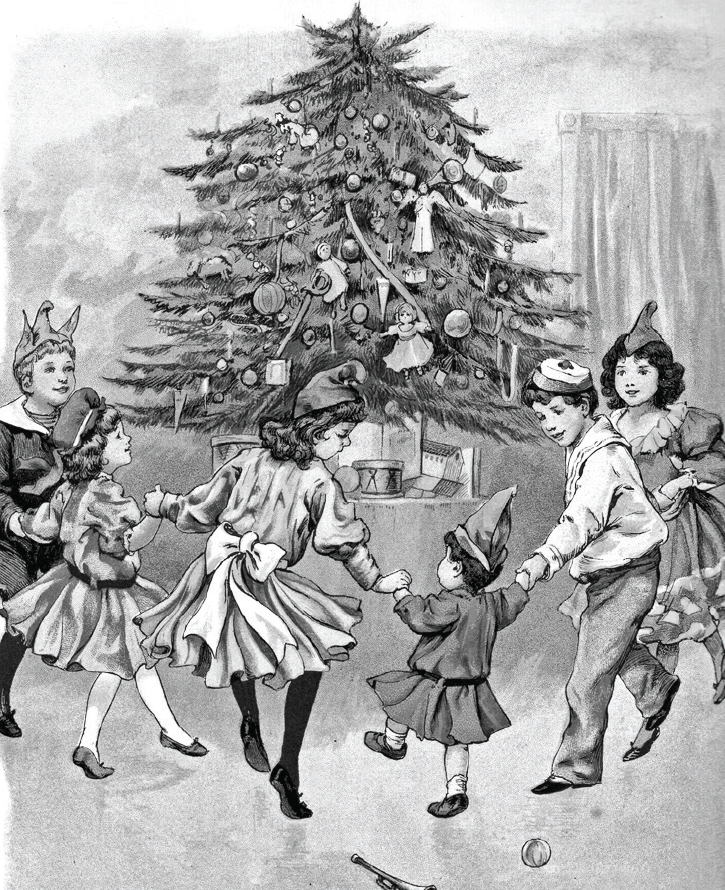
From The Christmas Book by Clement Moore, 1900 reflects that Christmas has brought much merriment to children.
In Sri Lanka’s temperatures, Frosty the Snowman will undoubtedly melt away in a jiffy. Holly, mistletoe, and the silver bells are certainly not of our making. But who can deny that in the air there’s a feeling of Christmas? The Christmas that we celebrate today is a tradition made over the lifetime of many individuals. It is to our ancestors that Sri Lanka owes its cornucopia of everything native about Christmas.
Words Jennifer Paldano Goonewardane.
If the world is a global village, Sri Lanka’s doors were open a thousand years ago. The celebration of Christmas in Sri Lanka is evidence of that. Our local festival, especially the tree and the decorations, and the cards were inherited from Victorian England. Even the carols have a history. The tradition of giving symbolized through the jocund Santa Claus is also Victorian in origin. The much-loved nativized festive foods were shaped under the influence of foreigners. What is sentimental about our own version of Christmas celebrations that took shape under colonial rule is that recipes became family heirlooms, unique and one-off, and were passed down from one generation to the next.
Sri Lanka has been a popular destination for foreign visitors from time immemorial, whether for trade or just for the land. The Portuguese landed in Sri Lanka in the 16th century. This historical arrival marked the beginning of a flourishing community of Christians in Sri Lanka and, with that, the celebration of many religious festivals. Upon the arrival of the first Portuguese fleet, which was every reason to thank God under the treacherous conditions of the sea, a small prayer house was built in gratitude. With this piece of history, one opinion is that the first Christmas in Sri Lanka was celebrated in 1505 by Lorenzo de Almeida and his men.
Over three decades later, the first group of missionaries came to Sri Lanka, no less than under the auspices of the King of Kotte – Buvanekabahu VII, and allowed the gospel to be preached in his kingdom. With missionaries’ introduction of the Christian faith during the Portuguese period, Christmas with its customary festivities began. According to another opinion, the celebration of Christmas proper then, with a celebratory Mass, was held in 1543. This inaugural celebration is said to have been graced by no less a presence than the ruling royal family from the Kotte Kingdom. The midnight Mass that has become a tradition beginning on the eve of Christmas may have been an old practice if an incident in the 17th century is anything to go by. In 1689, the Indian Catholic missionary St Joseph Vaz fell into the hands of the Dutch while celebrating Mass in Jaffna on the night of that Christmas. Whether the time was a ploy to avoid detection or whether it was the practice is not known. We could consider that night in the 17th century as the first Christmas night recorded in the annals of Catholic history in Sri Lanka. In contrast to this belief, ancient chronicles mention that there were Christians in Sri Lanka long before the arrival of the Portuguese. For instance, it’s understood that there existed a Persian Christian colony in Anuradhapura, in the north-central province as way back as the fifth century. They were supposedly Persian Christian traders and their descendants. The Nestorian cross found in Anuradhapura belonging to the fifth century is a testament to the claim that Christians had traveled, traded, or lived in Sri Lanka as early as during the reign of the Anuradhapura Kingdom. The missionary priests of the Portuguese period, the Jesuits being prominent among them, promoted the setting up of the crib in churches and homes for their symbolism. It was deemed that the representation of the nativity brought home to the children and the adults the birth of Christ as reported in the gospels more vividly than any sermon or scripture lesson. This sort of representation, first using figures and later more realistically by persons, had contributed to the evolution of old religious drama. The Christmas carol is among many other practices that were once solely western but have eventually gained a local identity. The Christmas carol has a long history in Sri Lanka, extending far back to the 18th century. Fr Jacome Gonsalves, a Goanese missionary who arrived with St Joseph Vaz, is considered the father of the Sinhala carol tradition, which he did through local music. His mission to establish a Sri Lankan carol tradition was launched amidst Dutch persecution of Catholics, despite, which he had traveled from village to village propagating it. One of these Christmas compositions is still sung in churches for Christmas. Because of this evidence, it could be reasonable to surmise that Christmas was celebrated in the 18th century. At the cusp of independence in the 1930s and 1940s, many Christians rekindled by a sense of patriotism ventured into a new era composing Sinhala carols. In the forefront of this new localized version of Christmas worship were Sri Lankan priests who initially added Sinhala words into the tune of popular western carols, followed by a new genre of locally composed Sinhala Christmas songs compiled to new music.
The pioneer of this tradition was Fr Marceline Jayakody. What began small under the Portuguese changed overwhelmingly under the British, with English becoming the country’s official language. Latin and English Mass and hymns became the norm and the English way of decorating the houses and exchanging cards. In 1877, with Ceylon joining the Universal Postal Union, sending Christmas cards also became a tradition. As the Christmas tree made its way during British Ceylon, families would erect fresh cypress branches ordered from the hill-country estates, often transported via train.
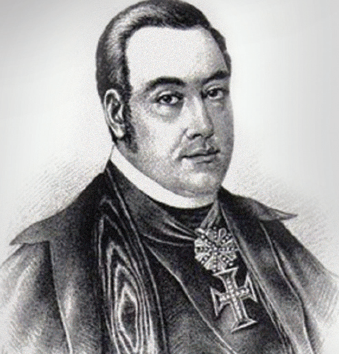
Lourenço De Almeida and his men were known to have celebrated Christmas for the first time in Ceylon.
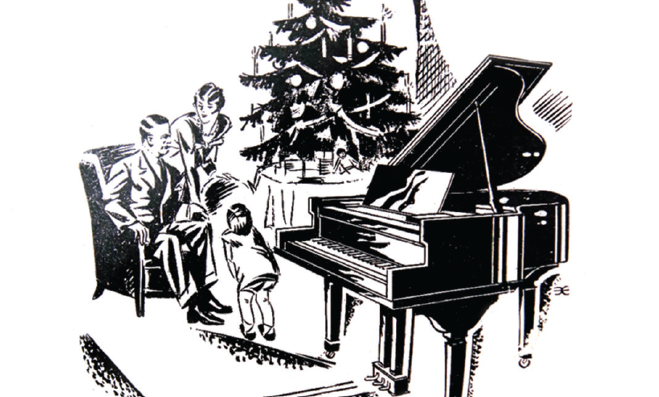
The joyful season to rejuvenate and strengthen the family ties (The Ceylon Observer Christmas Number – 1929).
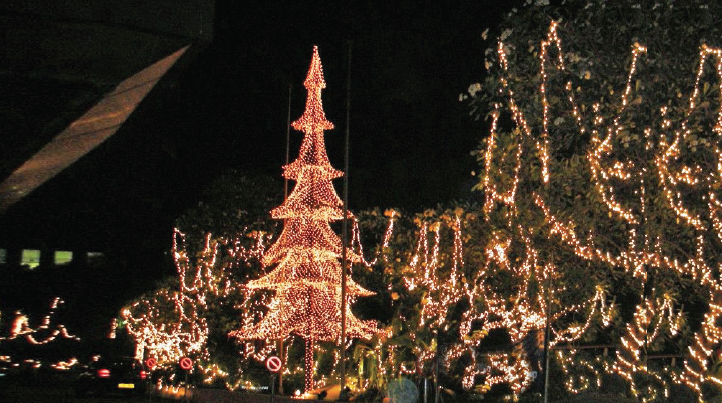
Cities are beautifully decorated to welcome the season of joy.
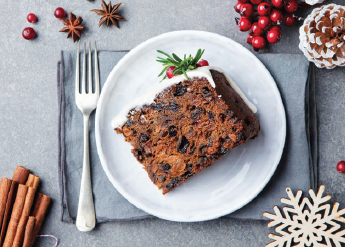
Rich cake is a fusion of rich flavors, dried fruits, and spices.
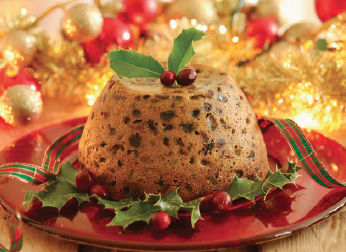
A delightful Christmas pudding with a rich texture and flavor.
While there’s much debate about when the overt celebration of Christmas really began in Sri Lanka, the history of many contemporary Christmas delights can be traced. They are offshoots from the food and ingredients of the foreigners. Many of them were adopted by the members of the Burgher community in Sri Lanka, who were descendants of the Portuguese, Dutch, and English. The Sri Lankan Christmas cake, known locally as ‘Rich Cake,’ is a derivative of the fruit cake or the Christmas pudding. This ingredient and spice-rich cake owe its intense aroma to cinnamon and nutmeg and the local arrack. The main binding ingredient, semolina, was a Portuguese food staple in their cake mixtures.
The month of December takes on a tremendous celebratory atmosphere, with many activities planned around this festival. The lights and the decorations stir a sense of joy and cheer to one and all passing by.
Love cake is another Sri Lankan Christmas classic that had no connection to Christmas, at least first. But it had everything to do with love, it seems. Beautiful as it sounds, this cake of love, which sure is as old as the 16th century, was ‘Bolo do Amor’ or the ‘coarse cake of love’ supposedly baked for would-be lovers. Over the years, this sweet cake of love gained a local twist. The defining ingredients in the Love Cake are semolina, cashew, pumpkin preserve, and more than a dollop of cardamom and rose water. The use of rose water and spices is likely the influence of Arabs and Moors, who were the emirs of the world’s spice trade, and visited the country for this purpose. It seems the Portuguese, too, had a similar cake in which a squash preserve was used. When the Dutch came marching in the 17th century, the Breudher came along as a soft buttery bread filled with raisins. It was a specialty of the Dutch Burgher community of Sri Lanka. It is only really eaten during Christmas. The Breudher is unique for its shape, more like a ring-shaped bread roll, distinct with its scalloped edges, a classic spinoff of the Dutch Christmas Ring Cake. The semolina-rich coconut cake like Bibbikkan is famous in the predominantly Catholic coastal areas. Of course, given that there’s semolina in it, one can only conclude that it was derived from a similar food belonging to the Portuguese. The grated coconut and kittul jaggery is the local spin the cake gets. And all the good food is never good without a good glass of locally brewed king coconut and milk wine, again popular homemade productions of the Burgher community. Wines are generally prepared many months before Christmas, allowing enough time for fermenting. These wines are best drunk chilled, but their sweet, tangy taste is irresistible even otherwise. Although we may not know the origins of every aspect of Christmas celebration in Sri Lanka, the natives have delightfully accepted and localized them, such as Santa Claus. He is lovingly addressed as Naththal Seeya or the Christmas Grandfather, much like the jolly old man portrayed in the west and commercials. Colombo and its popular malls and department stores get into the spirit of Christmas spectacularly, with extravagant décor and, in some instances, a theme. The streets and hotel, and office facades are decorated and beautifully lit up in the evening. The month of December in Sri Lanka takes on a tremendous celebratory atmosphere, with many activities planned around this festival. The lights and the decorations stir a sense of joy and cheer to one and all passing by. Such grandiose expression of celebration is a colorful way to end the year on a high note.
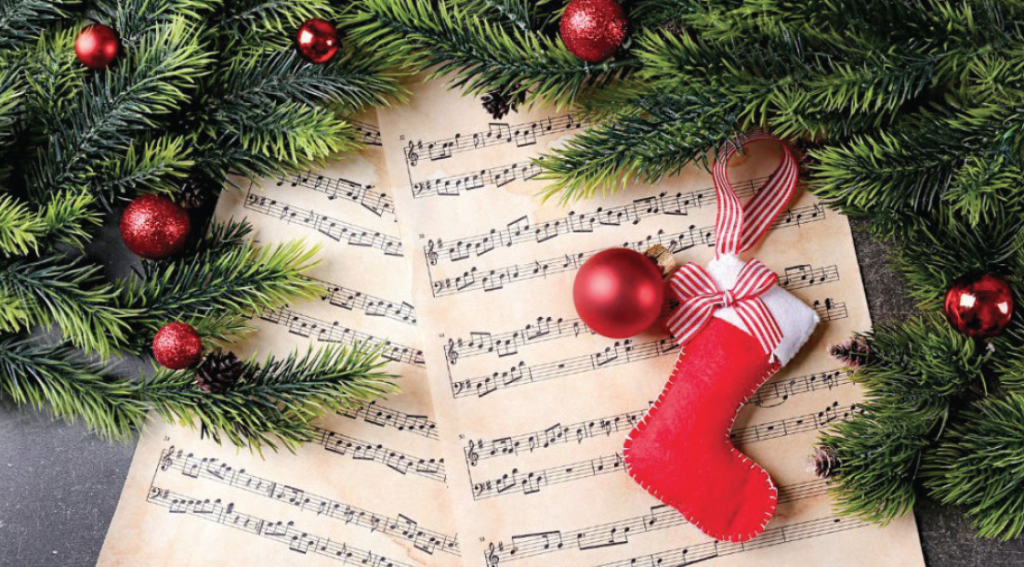
The joy of singing Christmas carols have been carried out as a tradition for decades.
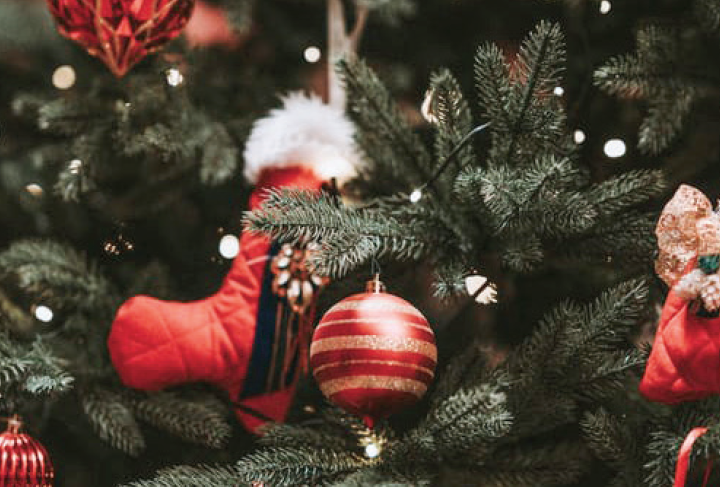
Eye-catching Christmas decors and twinkling lights bring excitement.
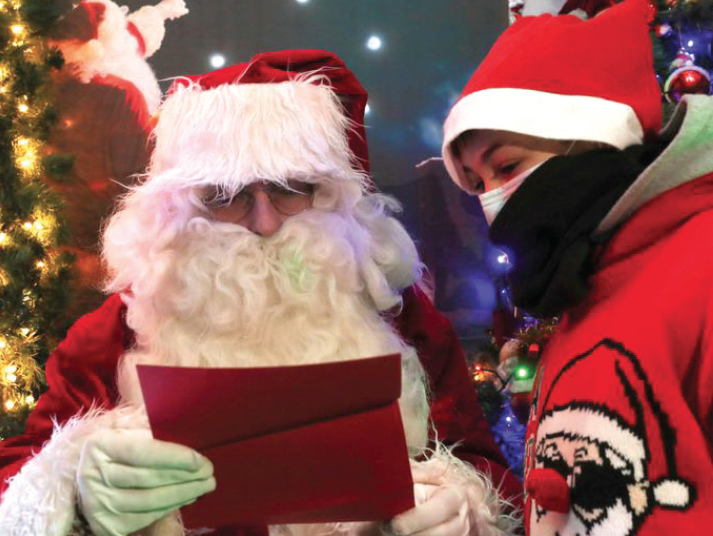
Appearance of Santa Claus or Naththal Seeya with a bagful of gifts and a jolly-good spirit is a part of the festive season.


